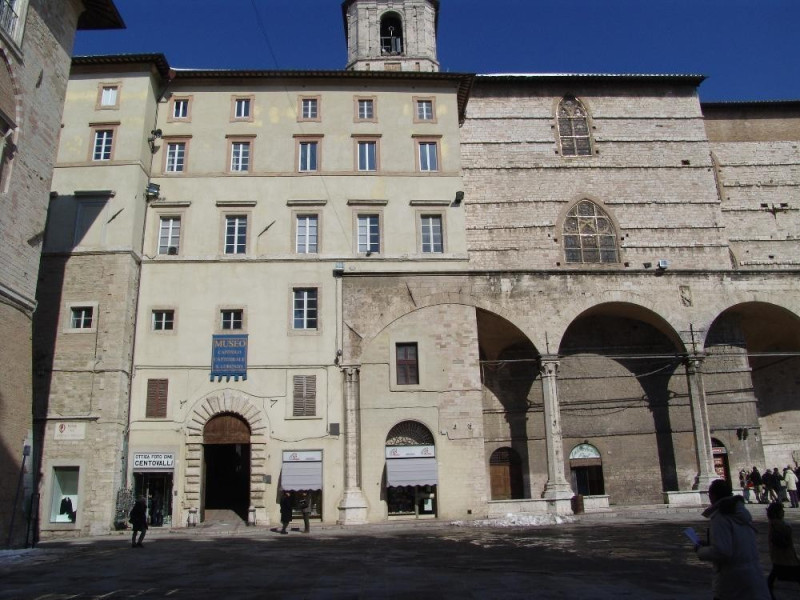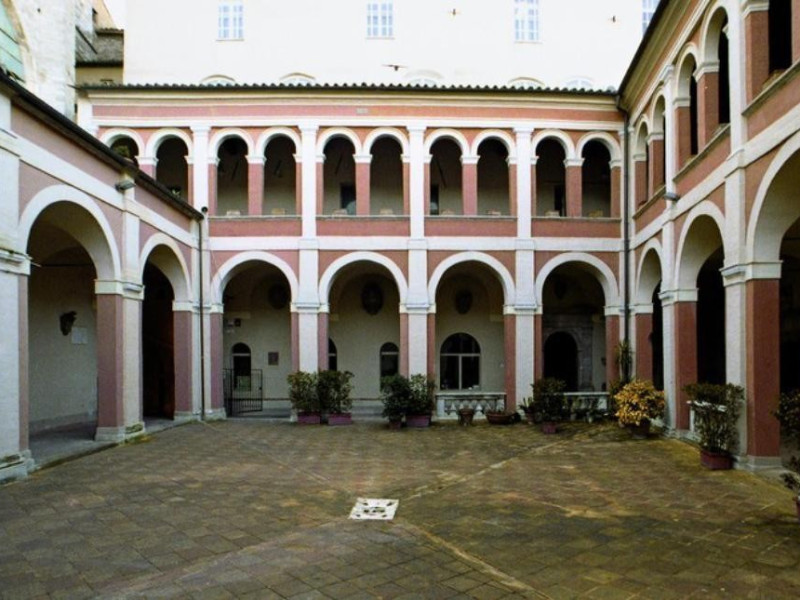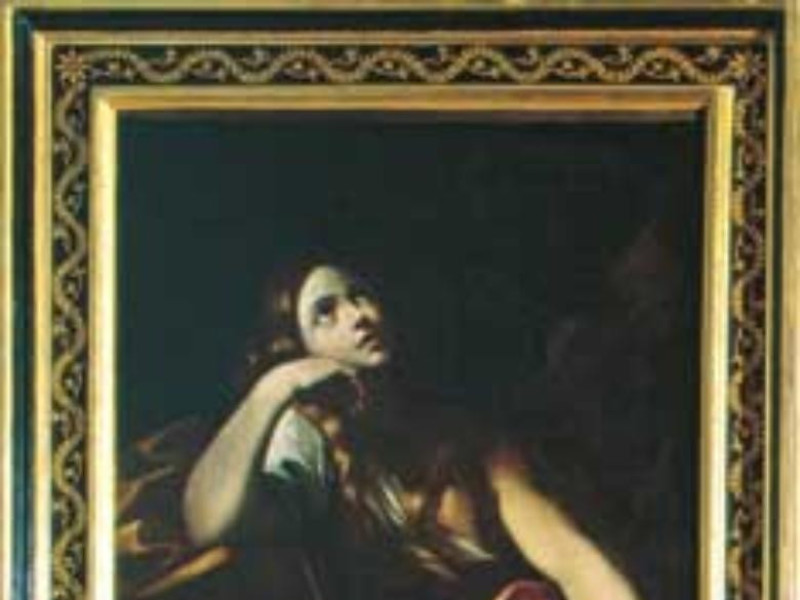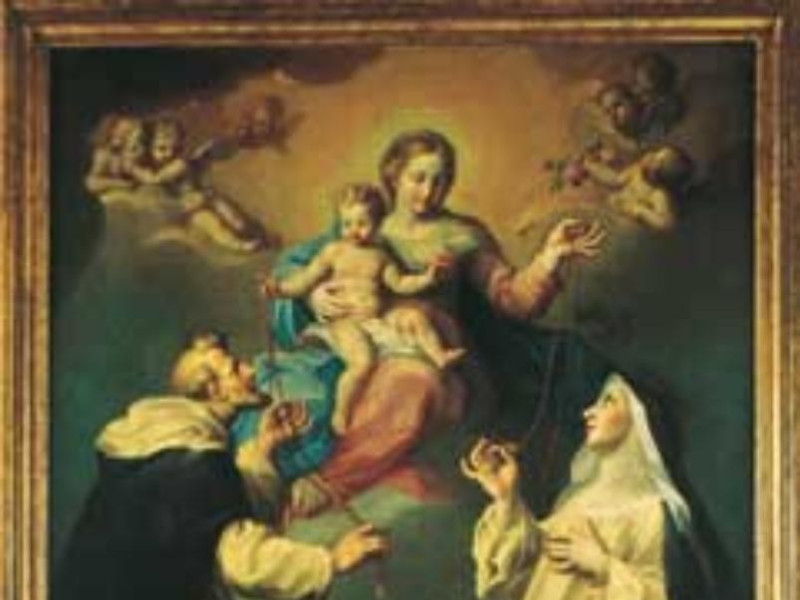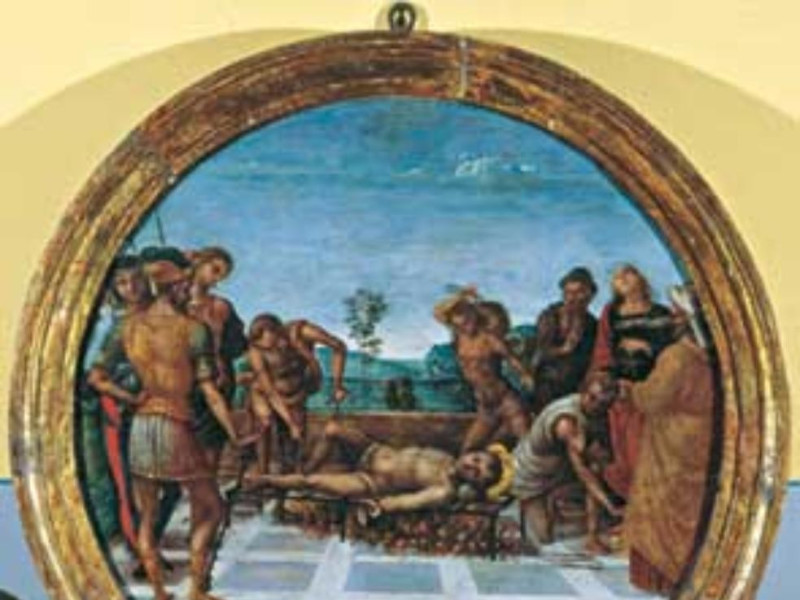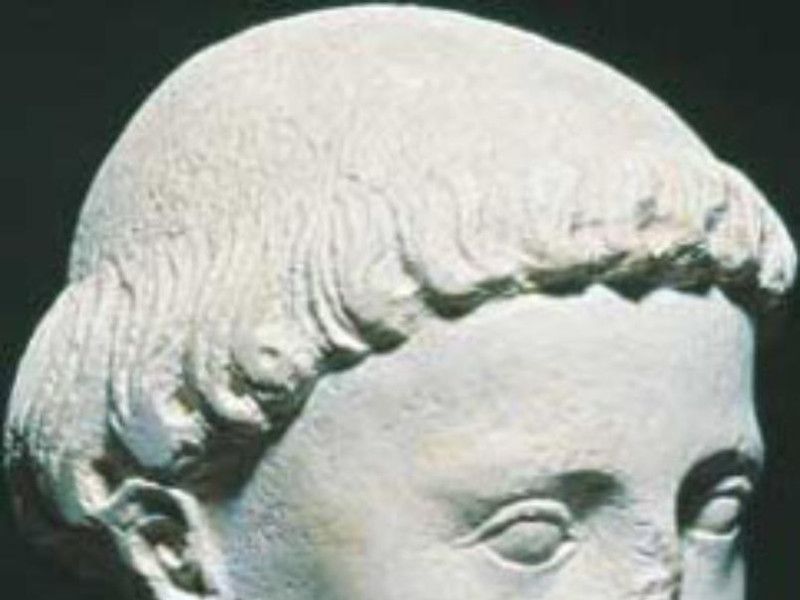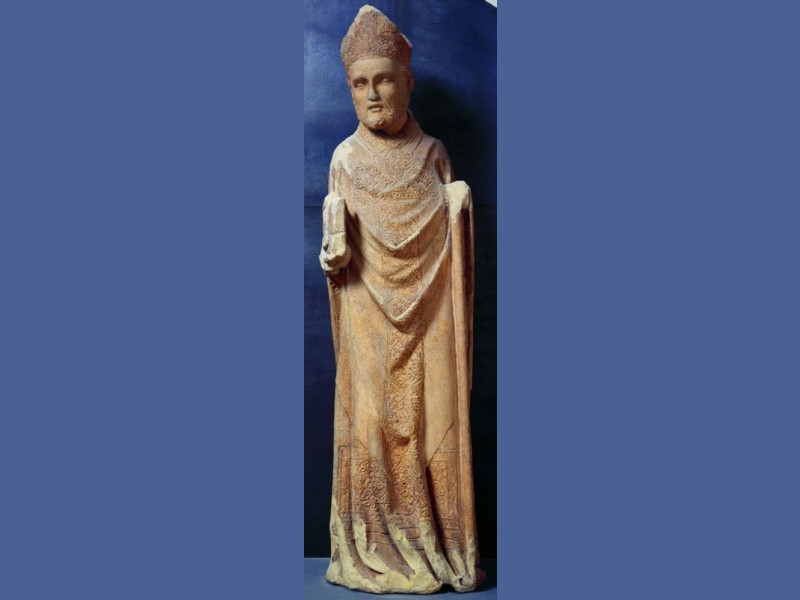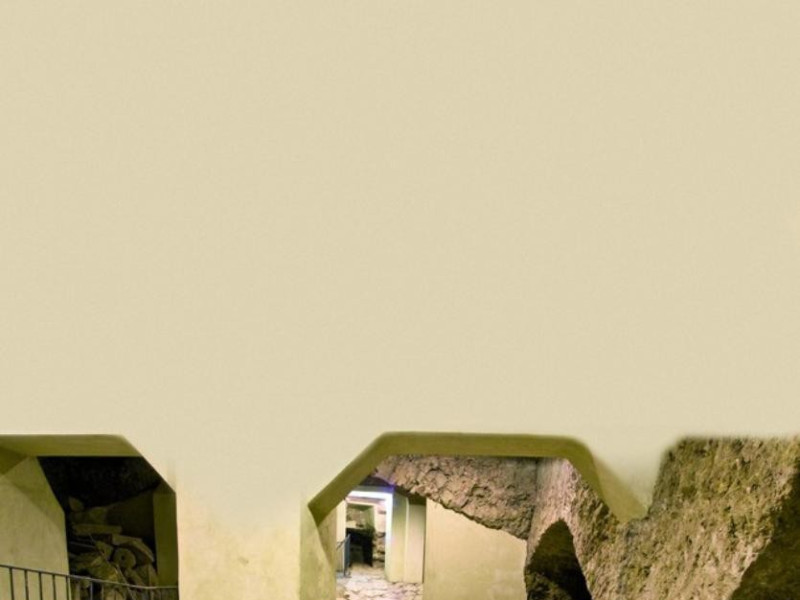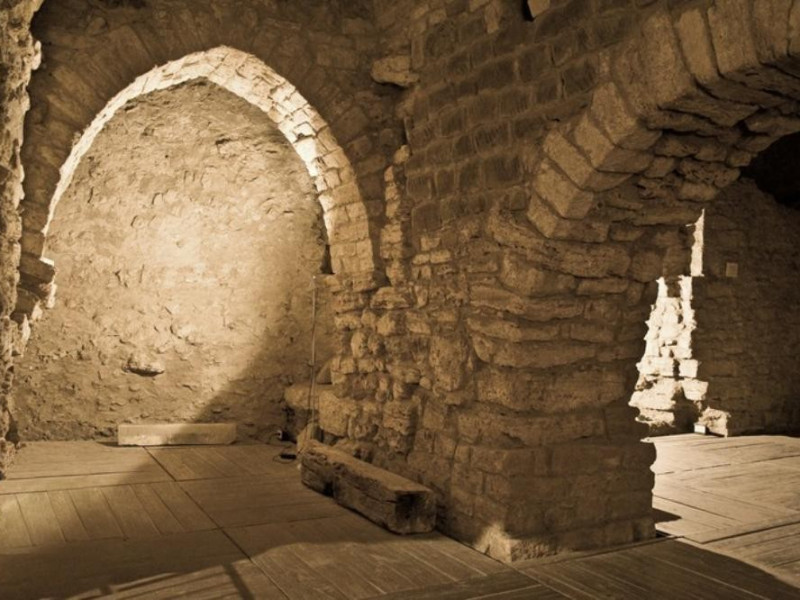Museo del Capitolo della Cattedrale di San Lorenzo
Museum was reopened in 2000, after significant interventions of restoration had noticeably widened its exhibition space. Instituted in 1923 Museum collection consists of works coming from Cathedral and churches of Diocese, such as: goldsmiths, liturgical vestments and fittings, paintings and sculptures testifying artistic production from the 11th to the 19th century. In Lapidarium, held in the recently restored underground halls, probably part of what once was Martino IV Palace, numerous archaeological pieces are displayed. The exhibited fragments, which date from the 13th to the 16th century, come from ancient Cathedral and the worship edifices around it. Rich Art Gallery it possesses is second in Perugia, for the number of works conserved, only to National Gallery of Umbria. The works worth signaling are: St. Onofrius Altarpiece painted by Luca Singorelli for Cathedral in 1484, which is the sole work of the painter, who was born in Cortona, for the town of Perugia, Deacon Head sculpted by Arnolfo di Cambio, architectonic fragment attributed to Giovanni Pisano’s workshop, the two Triptychs of Meo da Siena and Agnolo Gaddi, Pietà by Bartolomeo Caporali and Marriage of Virgin by Carlo Labruzzi, painted in 1815 to substitute the painting on St. Joseph Altar by Perugino that was requisitioned by Napoleonic troops in 1797. Guided Visits right below Cathedral have led visitors to the discovery of an underground archaeological pathway, for a length of at least one kKilometer, since January 2011. In fact Cathedral was built on top of Etruscan town terracing. Guided Visits allow the visitor to observe the several layers defining the different epochs of the town: Etruscan, Roman, Late Antiquity and Medieval. The excavations have brought to light majestic retaining wall of the terrace, built with a technique that is similar to that of Etruscan Walls, but better preserved. The presence of worship sites in the area, dating back to archaic period (6th-4th century BC) s testified by the presence of the remnants of the foundation of their structures and by polychrome terracotta decorations of the temples, Silenus head sculpted antefixes, exhibited in National Archaeological Museum of Perugia today. At the foot of the terracing, a stretch of road of “basolato” made of slabs of black lava stones, part of an important route axis of Etruscan-Roman tTown, reconnects with the part found a long time ago under Piazza Cavallotti. Probably starting in Byzantine times, the terracing was exploited for defensive purposes, and progressively during the 10th century around Cathedral, a series of monumental buildings, towers and palaces started to be raised, “Castle of San Lorenzo”, as it was called in Medieval documents.
